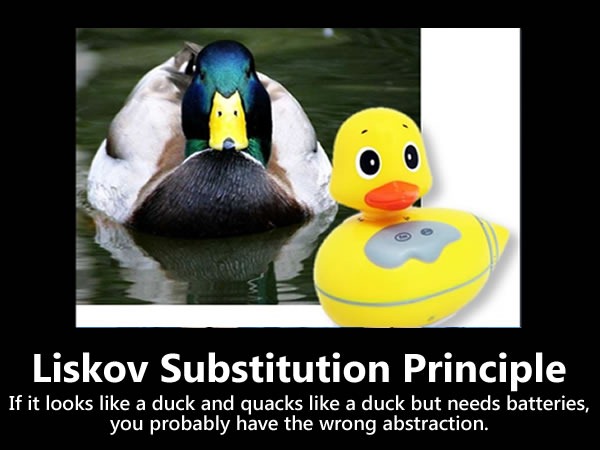The S.O.L.I.D. principles seem to be the least common denominator of creating great classes; even before Design Patterns. In the early 2000s, Robert “ Uncle Bob ” Martin introduced a series of five principles for developing software with OOP that were designed to lead to higher - quality systems that were easier to maintain. These SOLID Principles became a sort of map for developers in both designing new applications and refactoring existing code bases.

The “S” in SOLID is for Single Responsibility Principle, which states that every object should have a single responsibility and that all of its services should be aligned with that responsibility. “Responsibility” is defined as “a reason to change”, and Wikipedia does a pretty good job of explaining it:

The “O” in SOLID is for Open-Closed Principle, which states that software entities – such as classes, modules, functions and so on – should be open for extension but closed for modification. The idea is that it’s often better to make changes to things like classes by adding to or building on top of them (using mechanisms like subclassing or polymorphism) rather than modifying their code.

The “L” in SOLID is for Liskov Substitution Principle, which states that subclases should be substitutable for the classes from which they were derived. For example, if MySubclass is a subclass of MyClass, you should be able to replace MyClass with MySubclass without bunging up the program.

The “I” in SOLID is for Interface Segregation Principle, which states that clients should not be forced to depend on methods they don’t use. If a class exposes so many members that those members can be broken down into groups that serve different clients that don’t use members from the other groups, you should think about exposing those member groups as separate interfaces.
Dependency Inversion Principle

The “D” in SOLID is for Dependency Inversion Principle, which states that high-level modules shouldn’t depend on low-level modules, but both should depend on shared abstractions. In addition, abstractions should not depend on details – instead, details should depend on abstractions.
Courtesy - http://blogs.msdn.com/b/cdndevs/archive/2009/07/15/the-solid-principles-explained-with-motivational-posters.aspx
http://www.codeproject.com/Articles/60845/The-S-O-L-I-D-Object-Oriented-Programming-OOP-Prin
SOLID Motivational Posters, by Derick Bailey, is licensed under a Creative Commons Attribution-Share Alike 3.0 United States License.
Single Responsibility Principle

The “S” in SOLID is for Single Responsibility Principle, which states that every object should have a single responsibility and that all of its services should be aligned with that responsibility. “Responsibility” is defined as “a reason to change”, and Wikipedia does a pretty good job of explaining it:
As an example, consider a module that compiles and prints a report. Such a module can be changed for two reasons. First, the content of the report can change. Second, the format of the report can change. These two things change for very different causes; one substantive, and one cosmetic. The single responsibility principle says that these two aspects of the problem are really two separate responsibilities, and should therefore be in separate classes or modules. It would be a bad design to couple two things that change for different reasons at different times.
Open-Closed Principle

The “O” in SOLID is for Open-Closed Principle, which states that software entities – such as classes, modules, functions and so on – should be open for extension but closed for modification. The idea is that it’s often better to make changes to things like classes by adding to or building on top of them (using mechanisms like subclassing or polymorphism) rather than modifying their code.
Liskov Substitution Principle

The “L” in SOLID is for Liskov Substitution Principle, which states that subclases should be substitutable for the classes from which they were derived. For example, if MySubclass is a subclass of MyClass, you should be able to replace MyClass with MySubclass without bunging up the program.
Interface Segregation Principle

The “I” in SOLID is for Interface Segregation Principle, which states that clients should not be forced to depend on methods they don’t use. If a class exposes so many members that those members can be broken down into groups that serve different clients that don’t use members from the other groups, you should think about exposing those member groups as separate interfaces.
Dependency Inversion Principle

The “D” in SOLID is for Dependency Inversion Principle, which states that high-level modules shouldn’t depend on low-level modules, but both should depend on shared abstractions. In addition, abstractions should not depend on details – instead, details should depend on abstractions.
Courtesy - http://blogs.msdn.com/b/cdndevs/archive/2009/07/15/the-solid-principles-explained-with-motivational-posters.aspx
http://www.codeproject.com/Articles/60845/The-S-O-L-I-D-Object-Oriented-Programming-OOP-Prin
SOLID Motivational Posters, by Derick Bailey, is licensed under a Creative Commons Attribution-Share Alike 3.0 United States License.